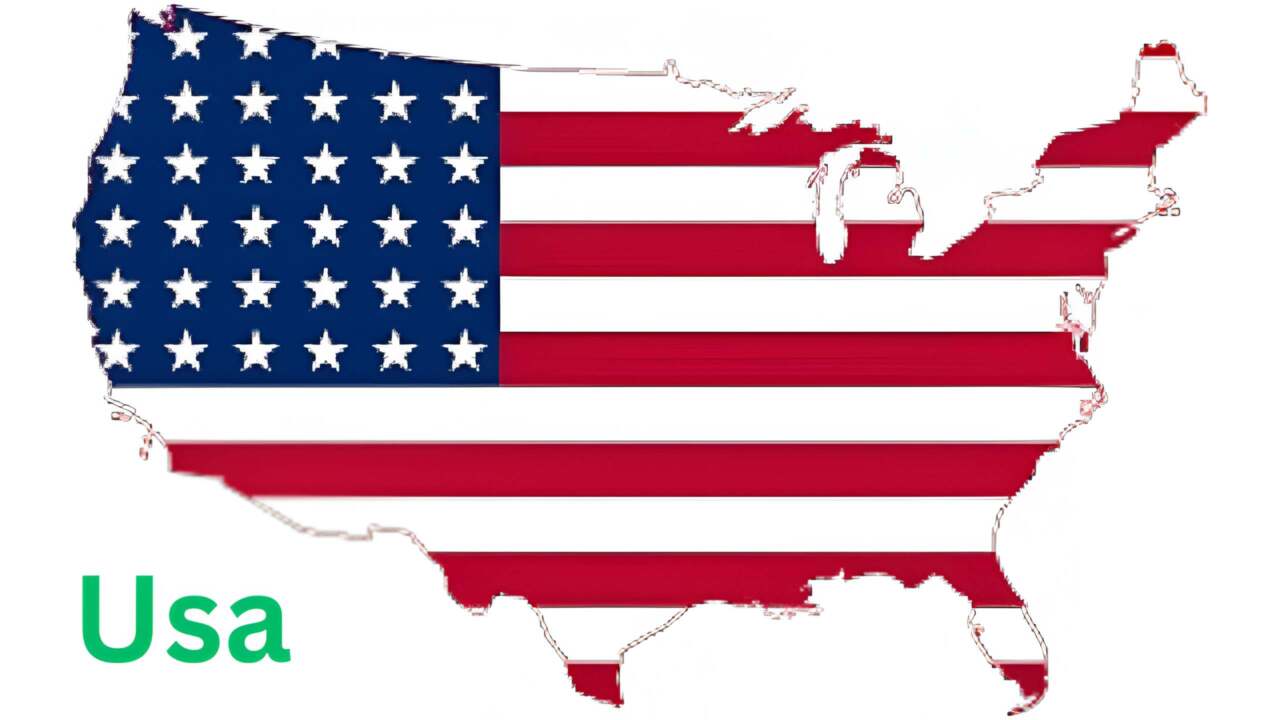Senior administration sources said Friday that President Donald Trump signed a proclamation imposing tariffs on trucks and buses starting November 1.
The Trump administration extended a significant tariff respite for American automakers while officially imposing 25% tariffs on imported medium and heavy-duty vehicles and parts, along with a 10% charge on buses.
Senior administration sources said Friday that President Donald Trump signed a proclamation imposing tariffs on trucks and buses starting November 1. Trump has already declared his intention to impose taxes on truckers.
Additionally, the order establishes plans to use the same offset for truck levies and extends until 2030 a tariff reduction that Trump already granted automakers that manufacture and sell finished cars in the US. The officials told reporters Friday that trucks that are eligible for exemption under the US-Canada-Mexico trade deal would not be subject to the fees, but buses will not.
Similar to the current offset program for finished vehicles, the government is also developing a new carveout for US businesses who manufacture engines for passenger cars as well as medium- and heavy-duty trucks. This carveout will not go into action right away.
The rulings highlight Trump’s challenging balancing act as he works to restore home industry and redirect international trade flows. Trump has widely used tariffs to punish imports and promote employment and manufacturing at home. But in order to make final items in the US, firms depend on international supply chains, making even local manufacturing vulnerable to Trump’s tariffs.
Some truck manufacturers vigorously pushed for cuts, while other interested parties cautioned that broad tariffs may raise car prices, which might also have an impact on the shipping and construction sectors. According to Commerce Department statistics, the USMCA exception may lessen the effects on Ram pickups manufactured in Mexico by Stellantis NV, which accounts for portion of the approximately 245,000 medium- and heavy-duty vehicles imported into the US last year.
In order to assist offset the cost of 25% taxes on imported parts and give supply chains time to relocate to the United States, automakers are eligible to claim an offset worth 3.75% of the value of their American-made automobiles under the auto-tariff relief bill.
According to authorities, Trump is now extending the project for five years, even though he had originally intended a two-year phaseout for the offset. The engine program aims to span the same period as well.
Businesses like Ford Motor Company and General Motors Co., which claimed Trump’s trade policies favored some overseas rivals, are pleased with the compromise. This is especially true for Japanese-manufactured automobiles, which are now subject to 15% tariffs instead of the 27.5% rate that Trump had previously imposed due to a deal the nation negotiated with the US.
In a statement, Ford CEO Jim Farley said, “A fair playing field with a secure and inexpensive supply chain will mean greater growth in America and eventually more job security and profit sharing for our front-line people.”
The truck and auto part tariffs are a part of a growing set of duties that Trump is imposing on a variety of consumer items, including timber, upholstered furniture, copper, steel, and more.
Section 232 of the Trade Expansion Act, which gives the president the authority to target goods seen to pose a national security danger, is where Trump imposed the tariffs. The country-based charges that Trump imposed under an emergency legislation, which two federal judges have declared unlawful, are different from the sectoral tariffs. Next month, the Supreme Court will hear the administration’s appeal.

